The serpent in the Colombian indigenous design
The snake or serpent is a very old, cross-cultural symbol seen across the world in many civilizations. The meanings cover a wide range, from personifying evil and temptation, to representing the universe, the eternal, fertility, wisdom, healing and even rebirth or renewal. In Colombia there are some communities that uses the snake symbolism in some of their work. We think highly of how these communities show their cosmovision though a geometrical abstraction of their environment. Here are 5 indigenous communities that have their own graphic representation of snakes or serpents.
TIKUNA
.
.
This symbol is made up of ovals, lines and dots with alternate rhythms that represent the skin of the Mantona snake and is seen in the fabrics made from bark of the tree. It is said that this symbol was seen in the dreams by ancestors and the medicine doctors from the community.
.
Mantona Snake
Snake skin
.
For this
community, body painting is essential, they paint their bodies for ceremonies, rituals and to go on their daily life. In a ceremony the Jaibaná or the chaman of the community,
paints his body with symbols that consisting of zigzag patterns that represents the “mythical boa” or Japa snake. The painted body along with the movements, gives the feeling of a serpent.
.
Snake paint
.
.
Snake paint
.

WAYUU
.
The Wayuu indigenous community has an artisan tradition with the “Amuche” pottery that represent the union between essential elements of life, water, air, earth and fire. Painted over in red they create design called “kanas” or wayuu designs. The most iconic symbol is the serpent composed by a spiral with lines that evoke the serpent’s skin and the path that the snake creates in the sand of the desert.
.
Snake skin
.
.
Snake skin
.
ARHUACO
.
.
For the Arhuaco indigenous community the
mochila captures the symbols and the lines made by the threads that are weaved together represent a snake's or serpent's skin, with triangles aligned in groups of four from the top and groups of four on the bottom, that when put together gives the appearance of a zigzag lines that shows a map of the "Arhuac space": “ the four corners of the world”. Also, this symbol represents movement and the the ability to "shed skin" that is also seen as a rebirth of life.
.
Aku, snake and its movement
.
.
snake and its movement
.
.
GUAHIBO
The wood carving is the essential craft for the Guahibo indigenous community and within their pieces you can find symbolism about serpents or snakes. This symbol is composed of triangles, in positive and negative, that create a pattern of a snake's skin.
.
Snake and birds
.
.
Snake Skin patterns
.
.















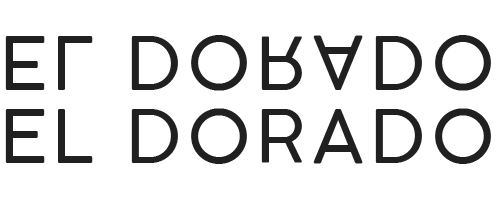
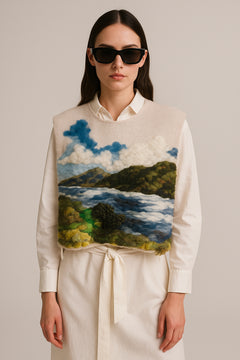
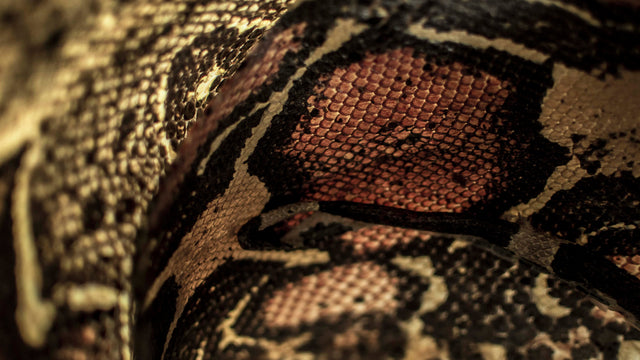


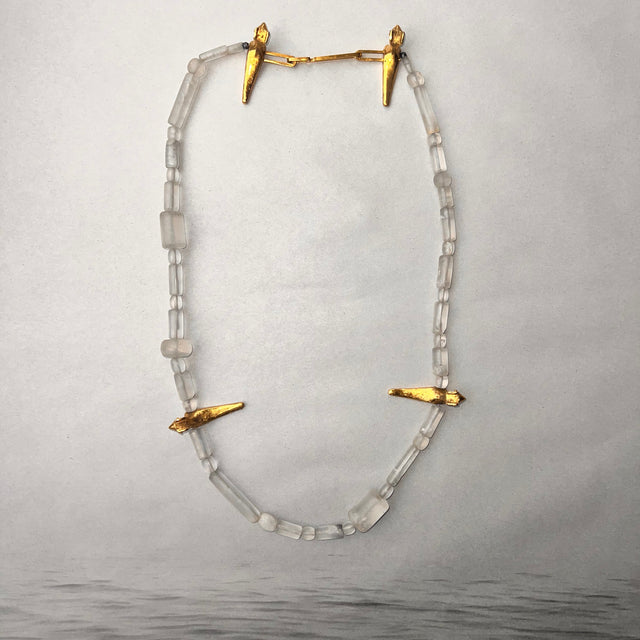
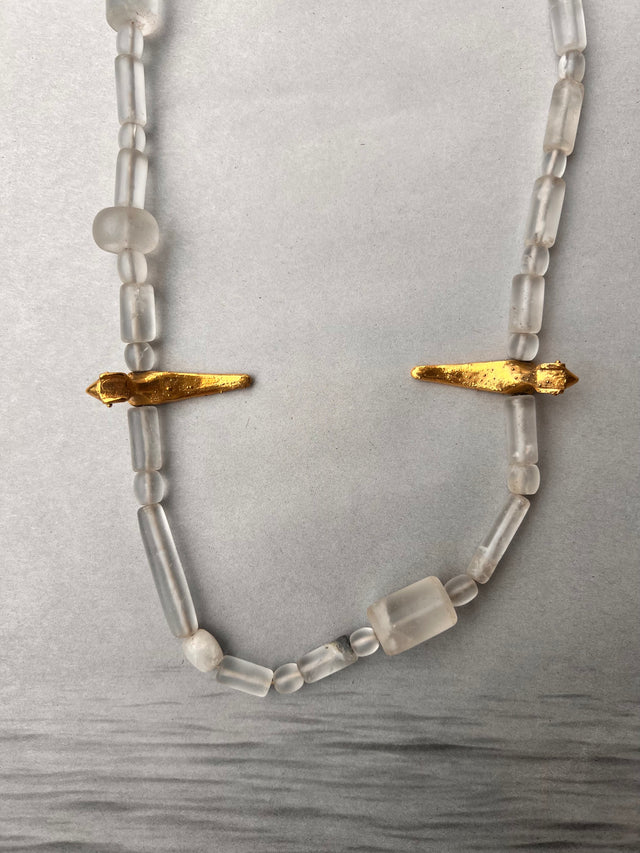




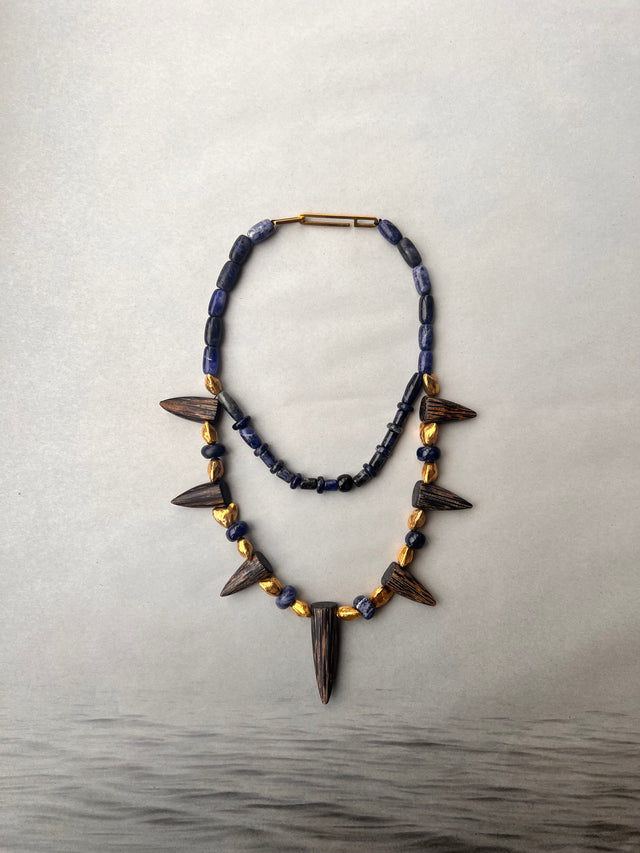
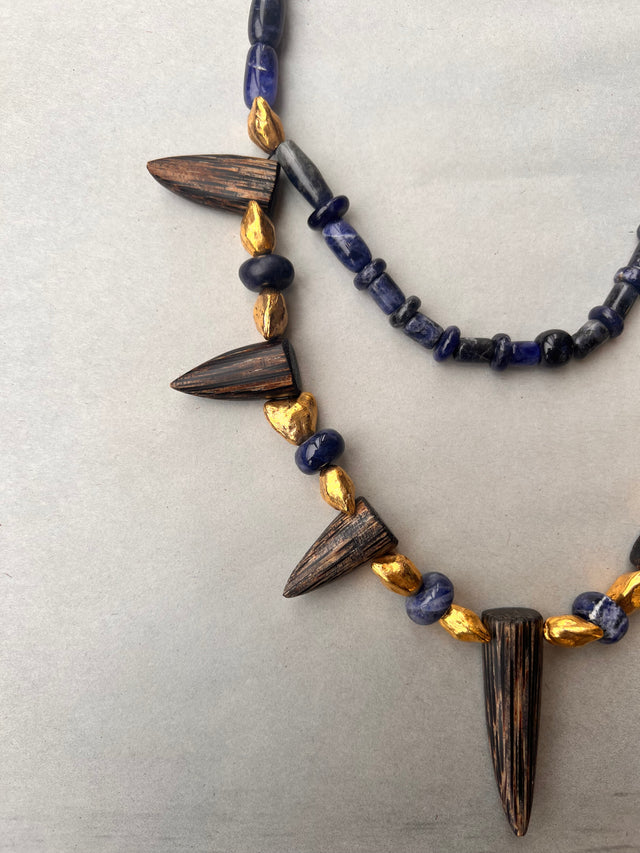


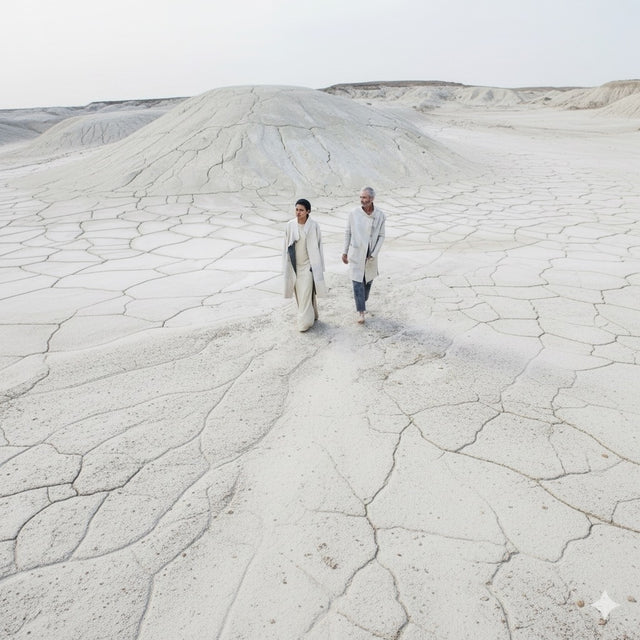
1 Comentario
Someone told me I have the king snake sitting on top of my head. I wear it as a crown inside while underneath my hair but still on top of my skull is this an actual thing. Came with the title king of snakes also, Dragon king Shadow warriors and master of shadow puppets can you tell me what any of these things mean or something. I’m from Canada my name is Shane I’ve experience some really weird s*** here. just trying to look for explanation maybe or I don’t know meaning behind it all. thought maybe you might be able to help.